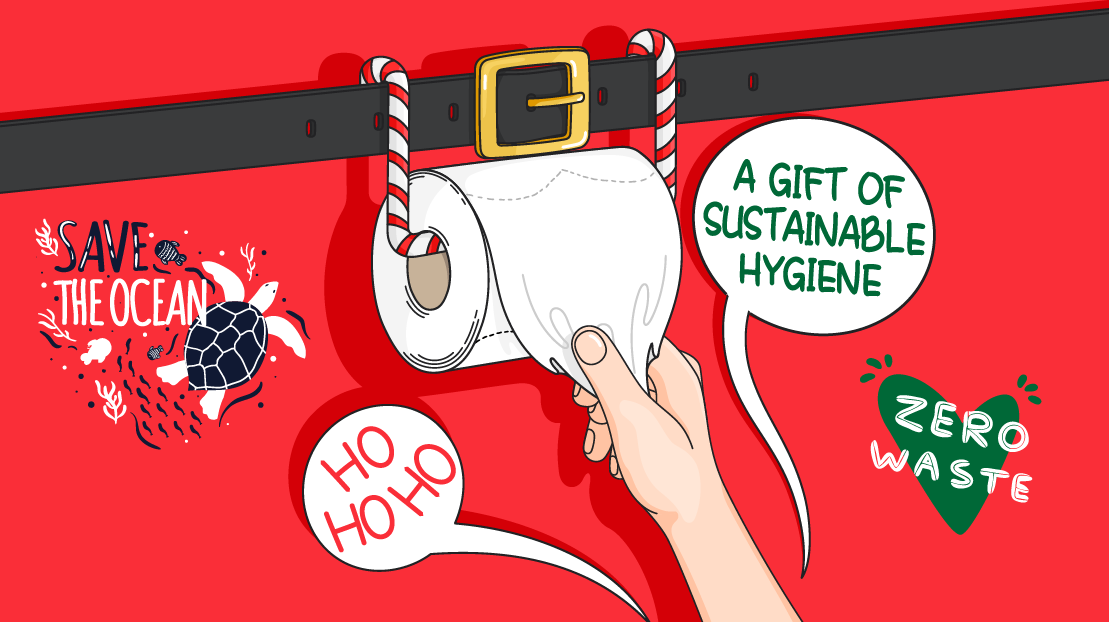
 Share
Share
By: Giorgia Giove, Marketing Manager, Sofidel
Holiday travelers are back, and they are ready to see new and improved cleaning and hygiene measures in facilities like hotels, restaurants, retail stores and more. One area that often requires extra attention as foot traffic increases is your building’s restrooms. The concept of sustainable hygiene is one gift that facility visitors will appreciate. Read on to learn more about improving the guest experience while supporting your environmental goals.
More Travelers = More Cleaning
In the weekend leading up to Thanksgiving this year, there were over one million additional holiday travelers compared to 2020. The Out of Home Advertising Association of America (OAAA) recently conducted a report and found 79% of American adults plan to travel over the holidays, and 94% plan to do holiday shopping. This means businesses must be prepared for increased foot traffic and the increased cleaning that comes along with that influx.
On top of that, Americans are prioritizing their hygiene as they navigate a world with continually emerging COVID-19 variants – nearly 8 in 10 Americans have drastically increased their handwashing frequency during the pandemic from six to 15 times per day. Therefore, facility managers must find ways to meet the new cleanliness standards of their guests.
Improving the Restroom Experience
Increased cleaning frequencies can often lead to a spike in the consumption of resources. On the bright side, there are ways to enhance the cleanliness of your facility while being mindful of the amount of waste being produced. Sustainable hygiene proposes that we can protect public health and safety while also taking the environment into consideration.
Consider these features for your restroom to align with the sustainable hygiene mission:
- Touch-free: Since cold and flu season is underway and we’re still very much in the middle of a global pandemic, consider adding touch-free sink faucets, toilet handles, soap dispensers, and paper towel dispensers to your restrooms. Traditional sink faucets house 17,976 germs per 10 square feet and toilet handles house 107 germs per 10 square feet. Making the switch to touch-free designs can help reduce the spread of germs in restrooms and the rest of your facility.
- Water-saving: On top of minimizing the spread of germs, touch-free features in restrooms can also reduce water consumption. For example, automated faucets only turn on when a guest needs to wash their hands. In addition to touchless low-flow faucets, water efficient toilets with multiple flush options can be a fantastic addition to your property.
- Waste-reducing: An astounding 11 million metric tons of plastic waste is dumped into the oceans every year. To minimize this pollution, Sofidel developed its Papernet brand HyTech Seas paper towel and toilet paper dispensers made from recovered fishing nets. In addition to removing pollution from the ocean, innovative dispensers can also limit the amount of paper dispensed to ensure users are not wasting paper products. Due to this innovative design and process, the HyTech Seas dispensers are participating in the Green Seal Innovative Product program, which includes an extensive third-party certification process to determine the environmental and health impacts of a product.
- Clog-reducing: To reduce toilet clogs that can interfere with a clean restroom, Sofidel developed BioTech toilet paper. It activates environmentally friendly enzymes once it makes contact with toilet water. Once flushed, these enzymes multiply and remove buildup in pipes to reduce the risk of costly and unhygienic clogs.
Communication is Key
Incorporating any of the above suggestions is a terrific way to show facility guests that you care about their hygiene and the environment. As some guests may be unfamiliar with the reasoning behind certain restroom features, it is vital to communicate these changes and additions, so they understand your organization’s commitment to sustainability and public health and safety.





